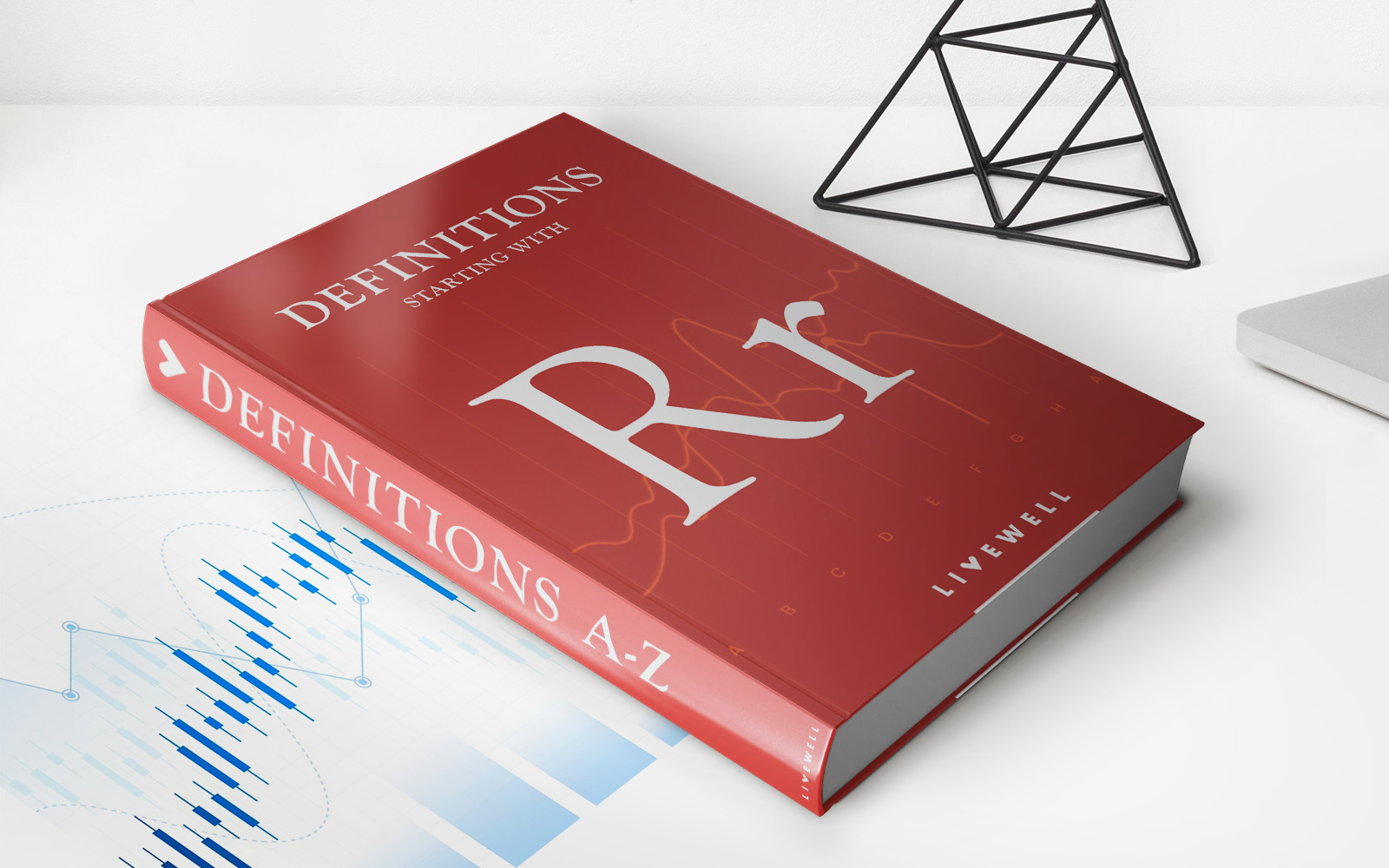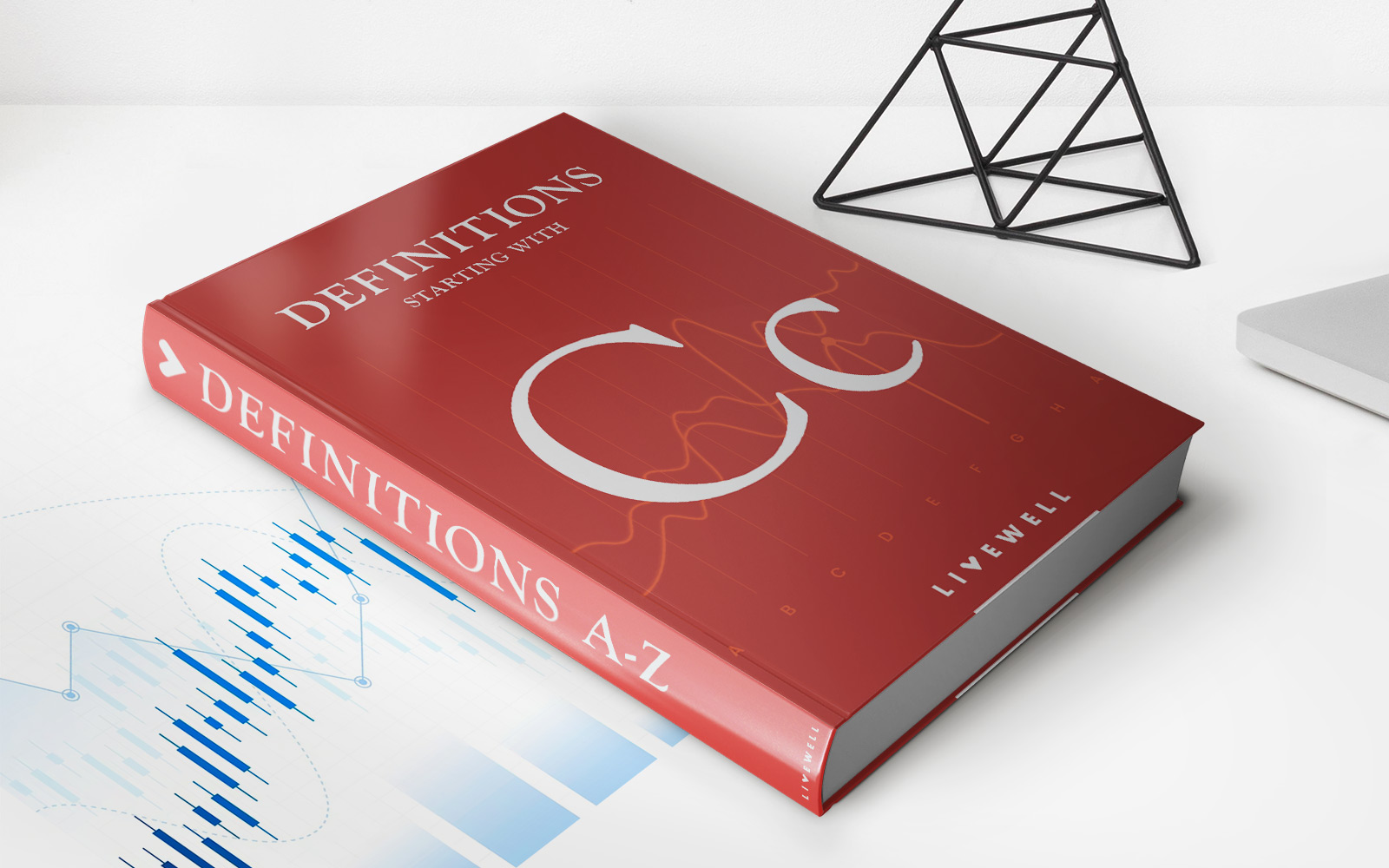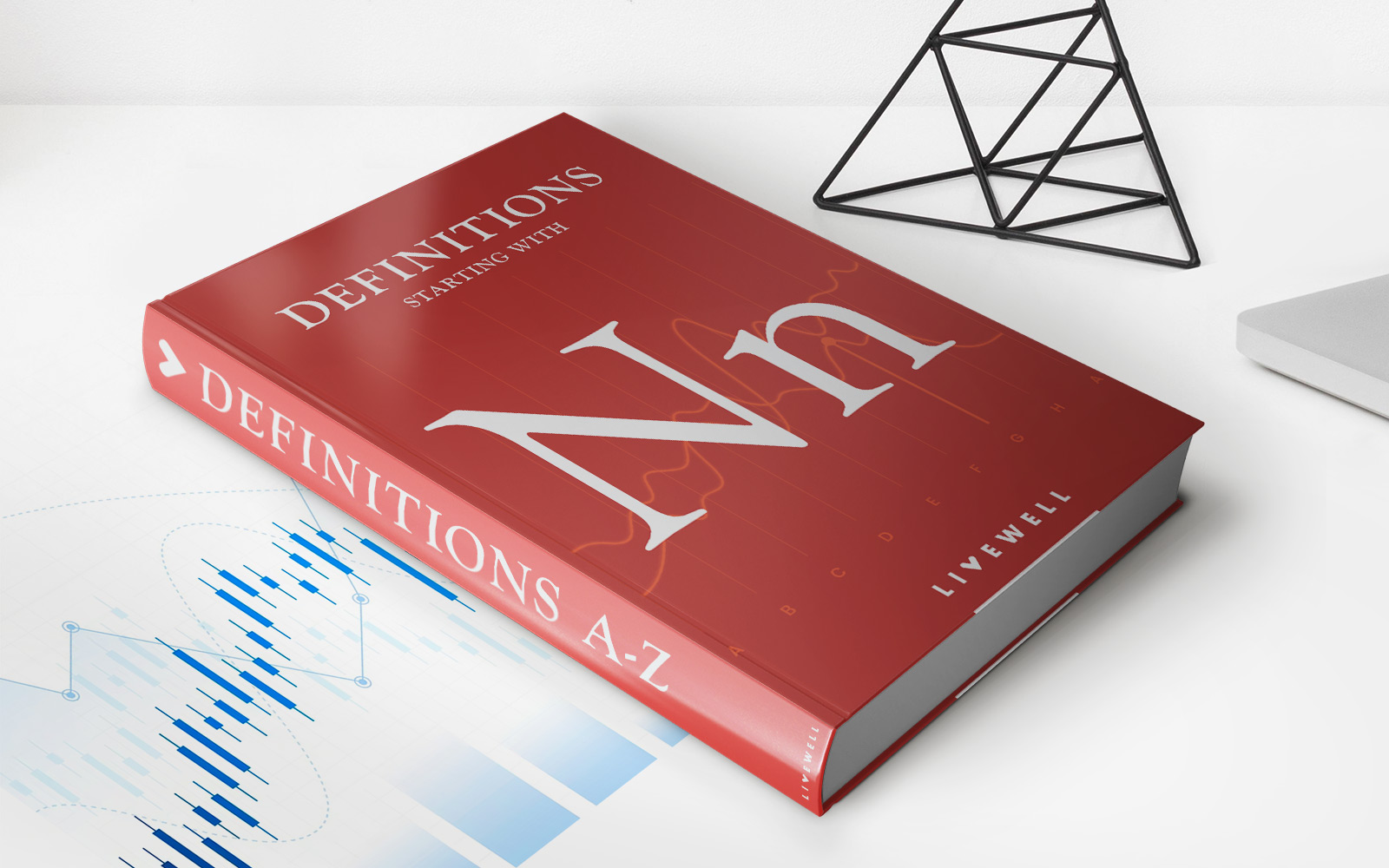

Finance
What Is An Ok Credit Utilization Rate
Published: March 6, 2024
Learn about the ideal credit utilization rate and its impact on your finances. Discover how to manage your credit wisely and improve your financial health.
(Many of the links in this article redirect to a specific reviewed product. Your purchase of these products through affiliate links helps to generate commission for LiveWell, at no extra cost. Learn more)
Table of Contents
Introduction
Welcome to the world of credit scores and financial well-being! If you’re new to the concept of credit utilization rate, fear not – you’re about to gain valuable insights that can significantly impact your financial health. Understanding the nuances of credit utilization rate is instrumental in navigating the complex landscape of personal finance and credit management. This article aims to demystify the concept of credit utilization rate, shed light on its importance, and provide practical tips for maintaining a healthy rate.
For many individuals, the world of credit can seem daunting, with terminologies like FICO scores, credit utilization, and credit reports often shrouded in mystery. However, by unraveling the intricacies of credit utilization rate, you can empower yourself to make informed financial decisions and take proactive steps towards achieving a robust credit profile.
So, whether you’re a seasoned credit enthusiast or someone taking the first steps towards understanding credit management, this article will serve as a comprehensive guide to the concept of credit utilization rate and its pivotal role in shaping your financial future.
Understanding Credit Utilization Rate
Credit utilization rate, often referred to as the balance-to-limit ratio, is a crucial factor in determining an individual’s credit score. This metric measures the amount of credit being used relative to the total available credit across all revolving accounts, such as credit cards and lines of credit. In simpler terms, it reflects the percentage of credit that is currently being utilized.
For example, if you have a credit card with a $5,000 limit and a current balance of $1,000, your credit utilization rate for that card would be 20% ($1,000 balance ÷ $5,000 limit = 0.20, or 20%). Across all your credit accounts, the combined balances and credit limits are used to calculate your overall credit utilization rate.
It’s important to note that credit utilization rate holds significant weight in credit scoring models, often influencing a substantial portion of an individual’s credit score. Lenders and credit bureaus consider this metric as a key indicator of responsible credit management. A lower credit utilization rate is generally perceived more favorably, signaling that an individual is effectively managing their available credit and not overly reliant on borrowed funds.
Understanding the impact of credit utilization rate is crucial for anyone seeking to build and maintain a healthy credit profile. By delving into the intricacies of this metric, individuals can gain valuable insights into the factors that shape their creditworthiness and make informed decisions to optimize their credit utilization for long-term financial stability.
Importance of Credit Utilization Rate
The credit utilization rate is a pivotal component of an individual’s overall credit health, playing a significant role in determining their creditworthiness. Lenders and financial institutions closely scrutinize this metric when assessing an individual’s ability to manage credit responsibly. A low credit utilization rate is indicative of prudent financial behavior, demonstrating that the individual is not overly reliant on borrowed funds and can effectively manage their available credit.
From the perspective of credit scoring models, maintaining a low credit utilization rate is often associated with a higher credit score. This is due to the fact that a lower utilization rate suggests that the individual is using credit responsibly, which is a key factor in assessing creditworthiness. On the contrary, a high credit utilization rate can raise red flags for lenders, potentially signaling financial strain and an increased risk of default.
Furthermore, the impact of credit utilization rate extends beyond the realm of credit scores. It can also influence an individual’s ability to secure favorable terms on new credit applications, including lower interest rates and higher credit limits. Lenders are more inclined to extend credit to individuals with a history of maintaining a low credit utilization rate, as it reflects a lower level of risk from their perspective.
Understanding the importance of credit utilization rate empowers individuals to take proactive measures to manage their credit effectively. By maintaining a low utilization rate, individuals can enhance their creditworthiness, gain access to better financial opportunities, and pave the way for a more secure financial future. As such, being mindful of credit utilization and its implications is crucial for anyone seeking to achieve and sustain a healthy credit profile.
What Is Considered an Ok Credit Utilization Rate?
Determining what constitutes an “okay” or acceptable credit utilization rate is essential for individuals aiming to maintain a healthy credit profile. While there is no one-size-fits-all answer, financial experts often recommend keeping your credit utilization rate below 30%. This means using less than 30% of your available credit across all your revolving accounts, such as credit cards and lines of credit.
It’s important to note that while the 30% threshold is commonly cited as a guideline, lower utilization rates are generally associated with better credit scores and overall financial well-being. Many individuals with excellent credit scores maintain a credit utilization rate well below 30%, often in the single digits. By keeping your utilization rate low, you demonstrate responsible credit management and reduce the perceived risk in the eyes of lenders and credit scoring models.
Moreover, aiming for an even lower credit utilization rate, such as 10% or less, can further bolster your creditworthiness. Individuals with exceptionally high credit scores often exhibit this level of prudence in managing their available credit. By consistently maintaining a low utilization rate, you can position yourself as a low-risk borrower and potentially qualify for the most favorable terms on new credit applications.
Ultimately, while there is no strict cutoff for what constitutes an “okay” credit utilization rate, the general consensus among financial experts is that lower is better. By striving to keep your utilization rate well below 30% and ideally in the single digits, you can optimize your credit profile and enhance your financial standing in the eyes of lenders and credit scoring models.
Tips for Maintaining a Healthy Credit Utilization Rate
Maintaining a healthy credit utilization rate is a key aspect of responsible credit management and can significantly impact your overall financial well-being. Here are some actionable tips to help you keep your credit utilization rate in check:
- Regularly Monitor Your Credit Balances: Stay vigilant about the balances on your credit accounts and strive to keep them well below the credit limits. Regular monitoring can help you identify any potential spikes in utilization and take timely corrective measures.
- Strategically Manage Your Spending: Be mindful of your credit card usage and aim to keep your balances as low as possible. Consider spreading out large purchases over multiple billing cycles to prevent sudden spikes in your credit utilization rate.
- Request Credit Limit Increases: Contact your credit card issuers to inquire about increasing your credit limits. This can help lower your overall credit utilization rate, provided you maintain the same level of spending.
- Consider Opening New Credit Accounts Wisely: While opening new credit accounts can increase your total available credit, it’s essential to do so judiciously. Too many new accounts within a short timeframe can potentially lower your average account age and impact your credit score.
- Pay Off Balances Multiple Times a Month: If possible, make multiple payments towards your credit card balances throughout the month. This can help keep your reported balances lower, positively influencing your credit utilization rate.
- Utilize Available Tools and Alerts: Many credit card issuers offer tools and alerts that can notify you when your balances approach certain thresholds. Take advantage of these resources to stay informed about your credit utilization.
- Avoid Closing Unused Credit Accounts: While it may be tempting to close unused credit accounts, doing so can reduce your total available credit and potentially lead to a higher credit utilization rate. Keeping these accounts open (and occasionally using them responsibly) can contribute to a lower overall utilization rate.
By implementing these strategies and maintaining a vigilant approach to credit management, you can work towards achieving and sustaining a healthy credit utilization rate. Doing so not only benefits your credit score but also positions you for improved financial opportunities and stability in the long run.
Conclusion
Understanding and actively managing your credit utilization rate is a fundamental aspect of maintaining a strong financial foundation. By grasping the significance of this metric and its impact on your credit profile, you empower yourself to make informed decisions that can positively influence your overall financial well-being.
As you navigate the realm of credit utilization, remember that maintaining a low utilization rate – ideally below 30% and even lower if possible – can yield substantial benefits. From bolstering your credit score to enhancing your eligibility for favorable credit terms, the advantages of prudent credit utilization management are far-reaching.
It’s crucial to approach credit utilization with a proactive mindset, regularly monitoring your balances, strategically managing your spending, and leveraging available resources to optimize your credit utilization rate. By implementing these practical tips and staying attuned to your credit utilization, you position yourself for greater financial stability and improved access to credit in the future.
In essence, your credit utilization rate is not merely a number on a credit report – it’s a reflection of your financial responsibility and a key determinant of your creditworthiness. By maintaining a healthy utilization rate, you pave the way for a more secure and prosperous financial journey.
As you embark on this journey, remember that knowledge is power. Armed with a deeper understanding of credit utilization and equipped with actionable strategies, you are poised to take control of your financial destiny and build a robust credit profile that serves as a solid foundation for your future endeavors.














